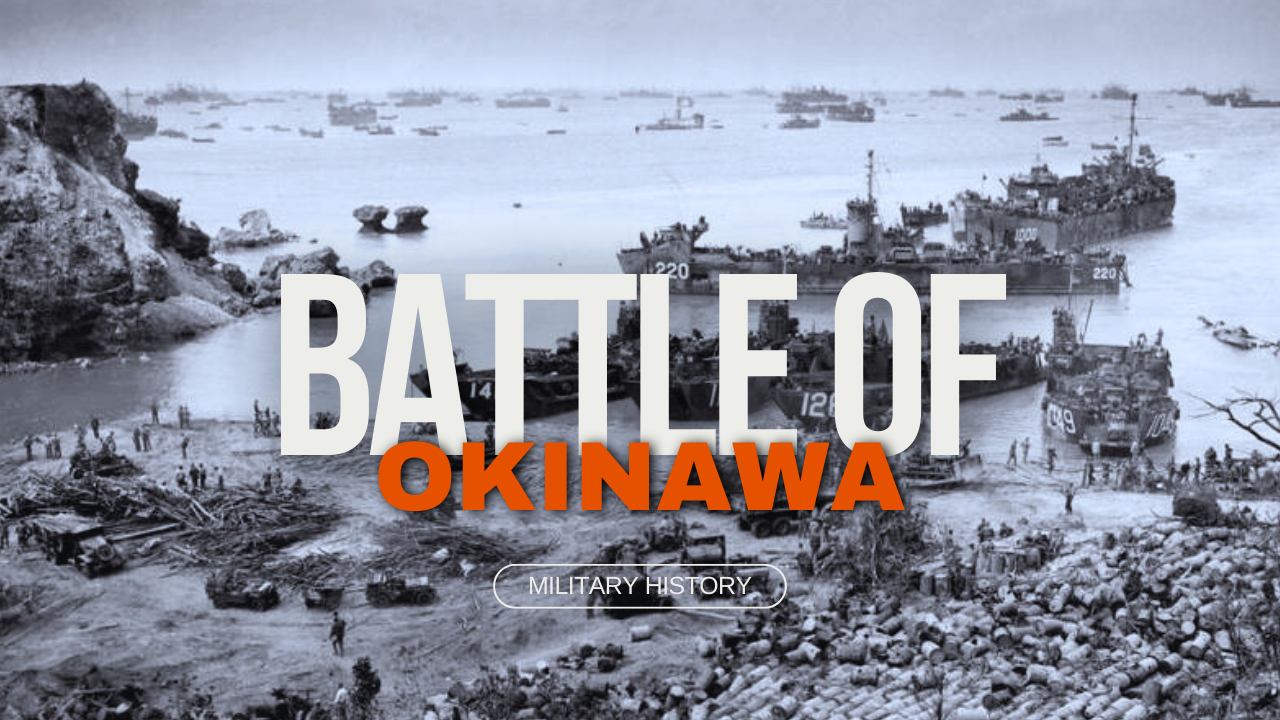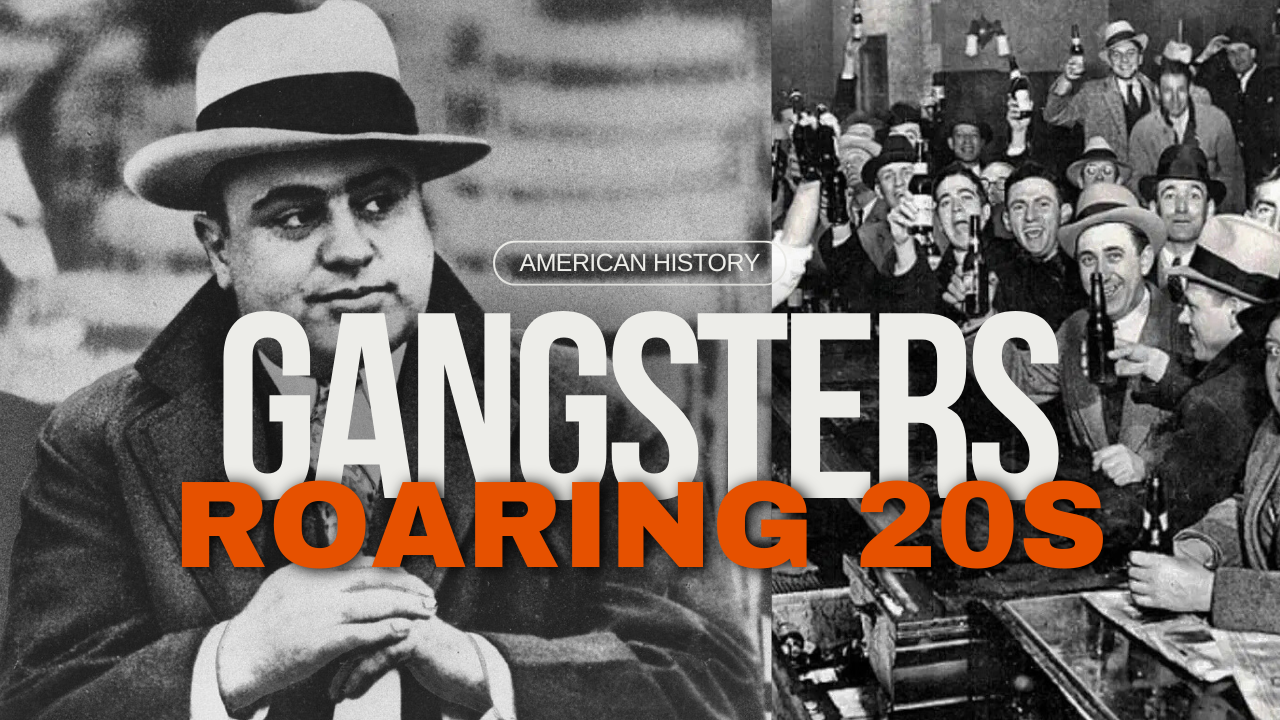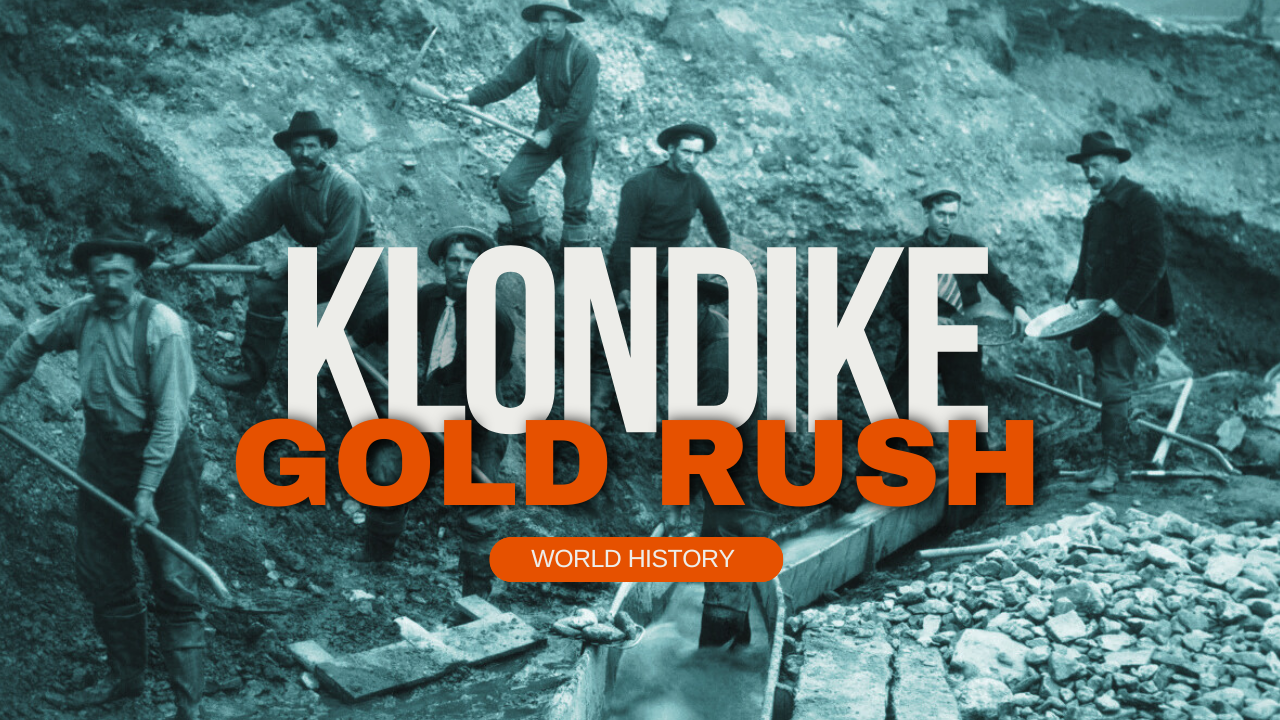-

-
June 3, 2025
The Battle of Java Sea
-
Today's Sponsor
Brought To You By
We are able to provide free content to you every single day because of ads like this.
-
March 21, 2025
D-Day Breakout to the Liberation of Paris
The D-Day Breakout, commencing on June 6, 1944, marked the Allied invasion of Normandy during World War II. Following the successful beach landings, Allied forces launched Operation Cobra in late July, leading to rapid advances inland. By late August, they liberated Paris, symbolizing a significant turning point in the war against Nazi Germany and restoring freedom to the French capital.
-

-
March 18, 2025
Battle of Okinawa In Depth
Today’s Daily Dose short history film covers the Battle of Okinawa, which was the last major engagement of the Second World War. Musical Credits: Music from #Uppbeat https://uppbeat.io/t/monument-music/mellifluous-mirage License code: ZDURVNZZRQFAGPW3 Music from #Uppbeat https://uppbeat.io/t/anteros/take-the-shot License code: MIUCGJGUNSQMEQRI Music from #Uppbeat https://uppbeat.io/t/alex-besss/critical-evidence License code: HUMR4WL3WAWMLE0K Music from #Uppbeat https://uppbeat.io/t/aaron-paul-low/epic-chase License code: GYOEPJNLUSZX4ICO Music from #Uppbeat […]
-

-
March 14, 2025
Great Deceptions in Military History
“Great Deceptions in Military History” explores strategic fabrications and cunning tactics that have significantly influenced battles and wars. From feigned retreats to misinformation campaigns, the documentary highlights pivotal moments where deception shaped outcomes. Key examples include the Trojan Horse and WWII’s Operation Fortitude, illustrating how psychological warfare and misdirection have been vital to military success throughout history.
-

-
March 7, 2025
The Progressive Era In Depth
The Progressive Era, spanning from the 1890s to the 1920s, was a transformative period in American history marked by social activism and political reform. It aimed to address issues such as industrialization, urbanization, and corruption. Key reforms included labor rights, women’s suffrage, and antitrust legislation, fostering a response to the challenges of modernization and striving for greater equality and justice.
-

-
March 5, 2025
Gangsters of the Roaring Twenties
The Roaring Twenties was marked by the rise of organized crime, with gangsters like Al Capone and Lucky Luciano gaining notoriety. Prohibition, which banned alcohol, fueled illegal activities and bootlegging. Crime syndicates thrived in urban areas, leading to turf wars and violence. The decade became synonymous with lavish lifestyles, jazz music, and the defiance of traditional social norms.
-

-
February 21, 2025
The Klondike Gold Rush In Depth
The Klondike Gold Rush, occurring between 1896 and 1899 in northwestern Canada, attracted thousands seeking fortune after gold was discovered in Bonanza Creek. Pioneers faced harsh conditions, treacherous travel, and a competitive atmosphere. While some struck it rich, many others faced hardship and disappointment, ultimately leading to the establishment of towns like Dawson City amidst the gold frenzy.
-

-
February 20, 2025
Where in the World is Alabama
Alabama is located in the southeastern region of the United States. Bordered by Tennessee to the north, Georgia to the east, Florida to the south, and Mississippi to the west, it features diverse landscapes including mountains, forests, and coastal areas along the Gulf of Mexico. Its capital is Montgomery, and it is known for its rich history and culture.
-
